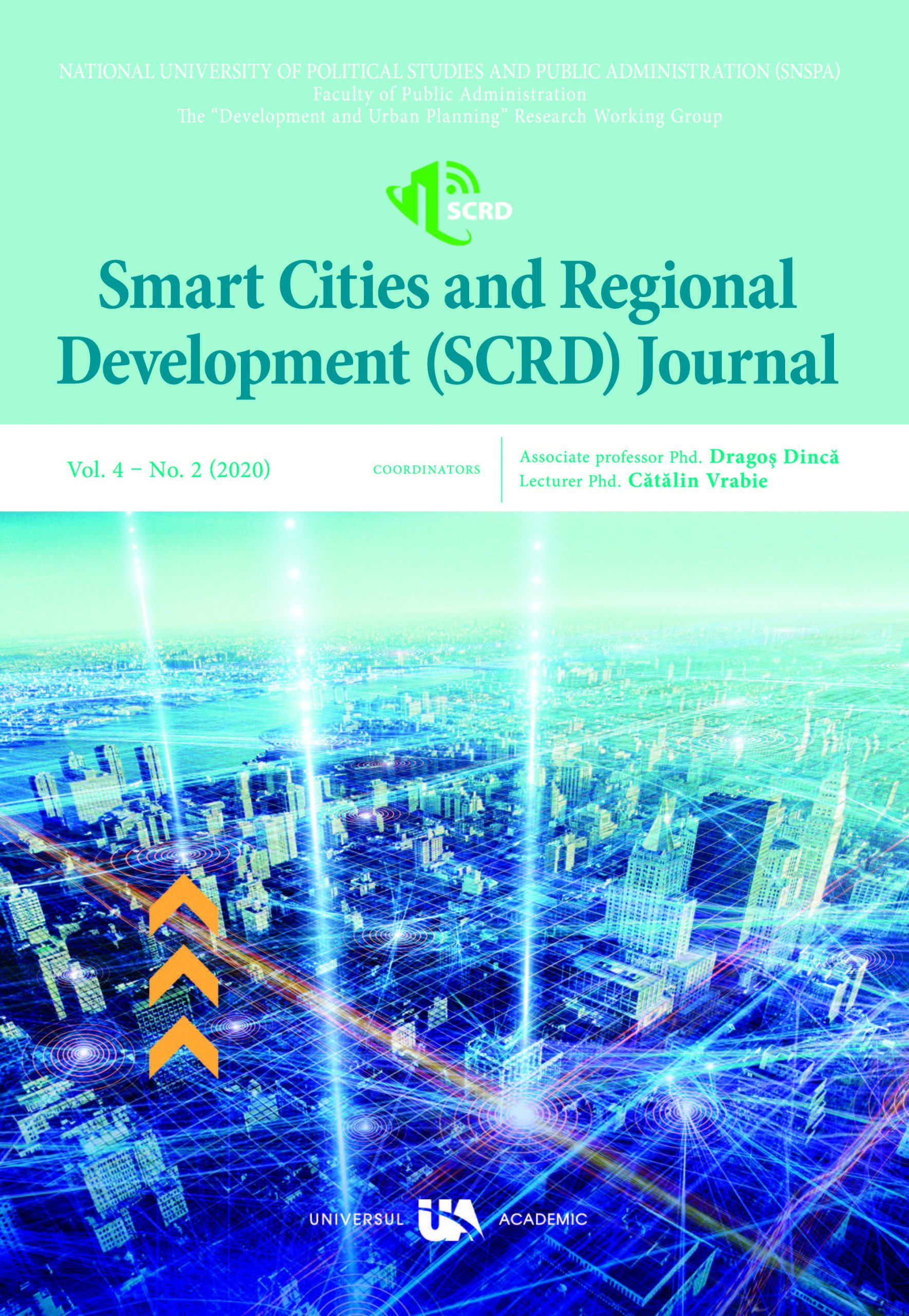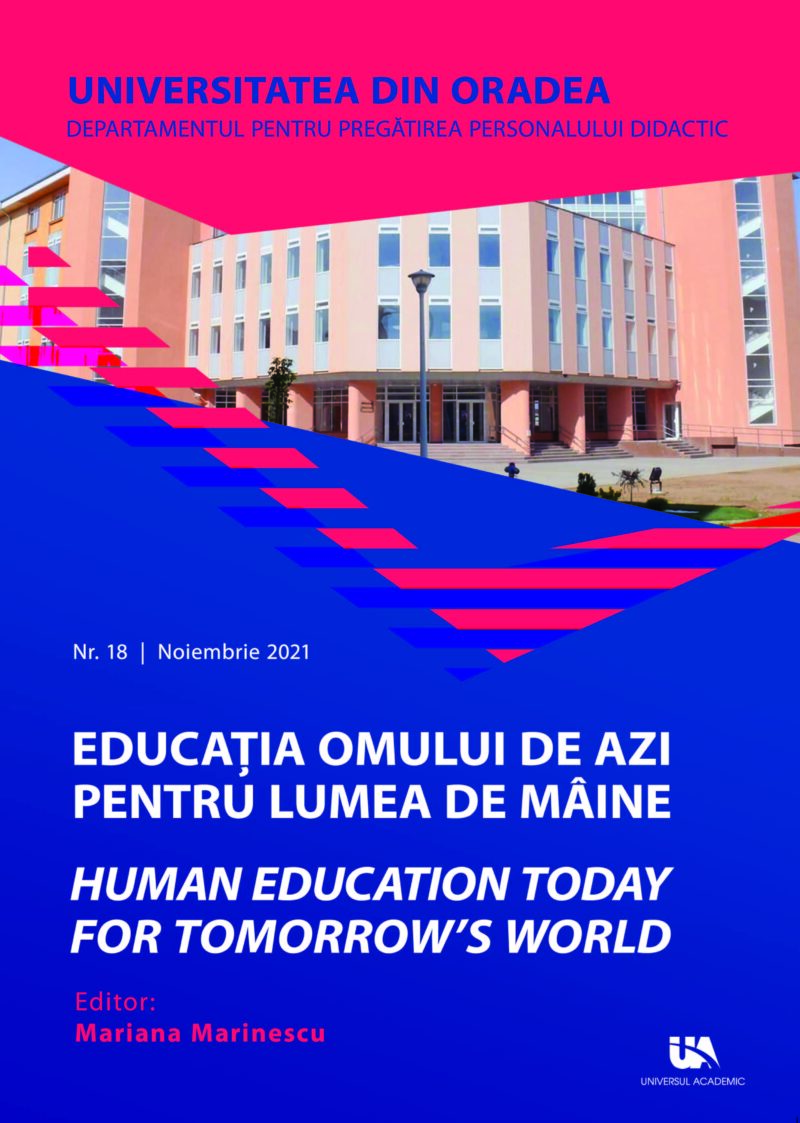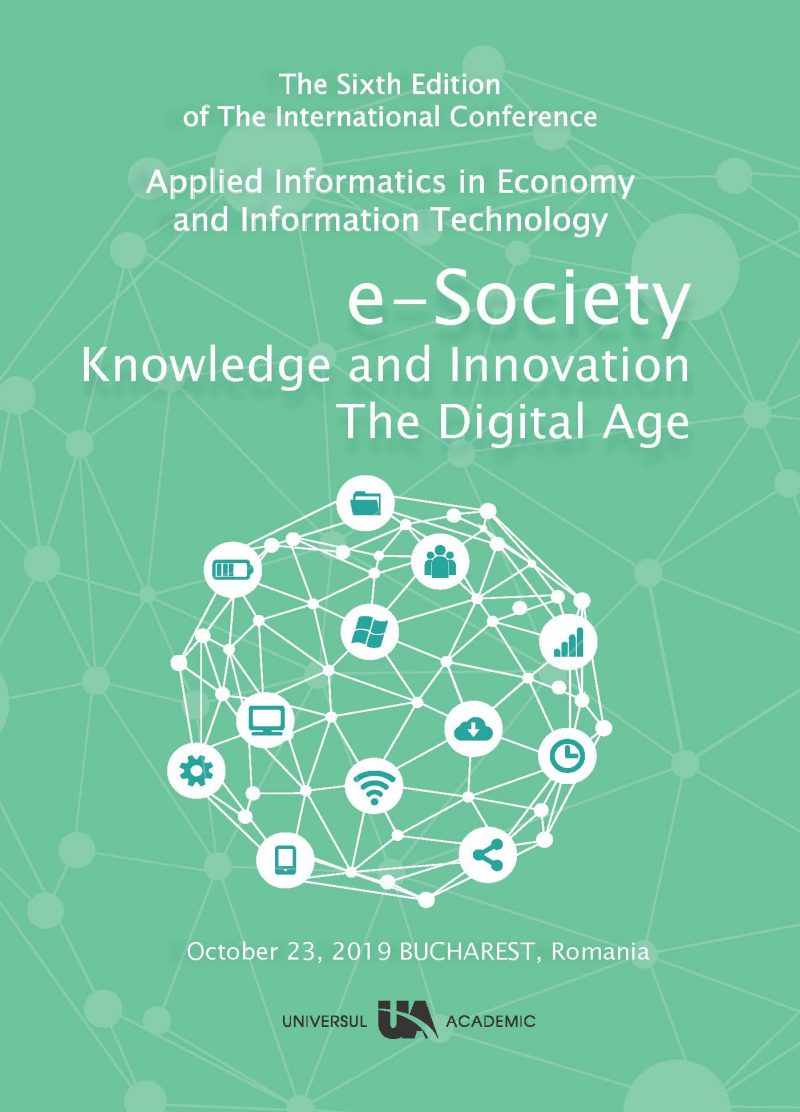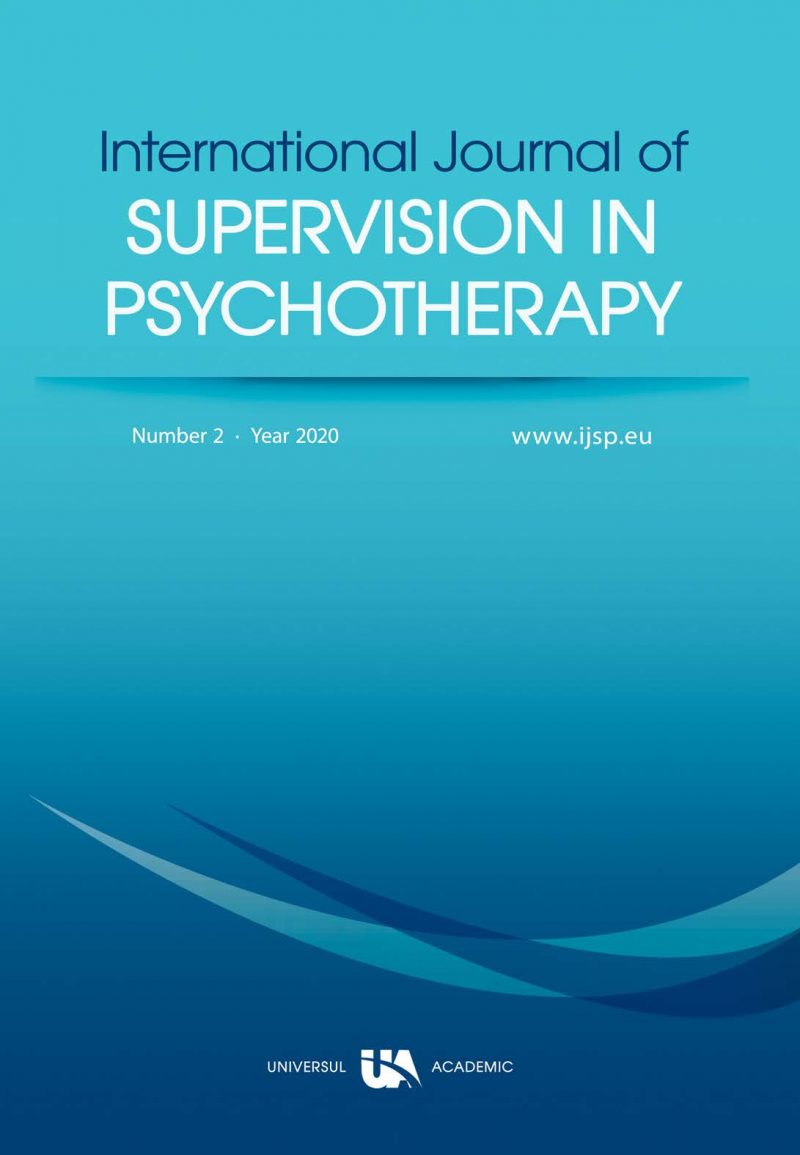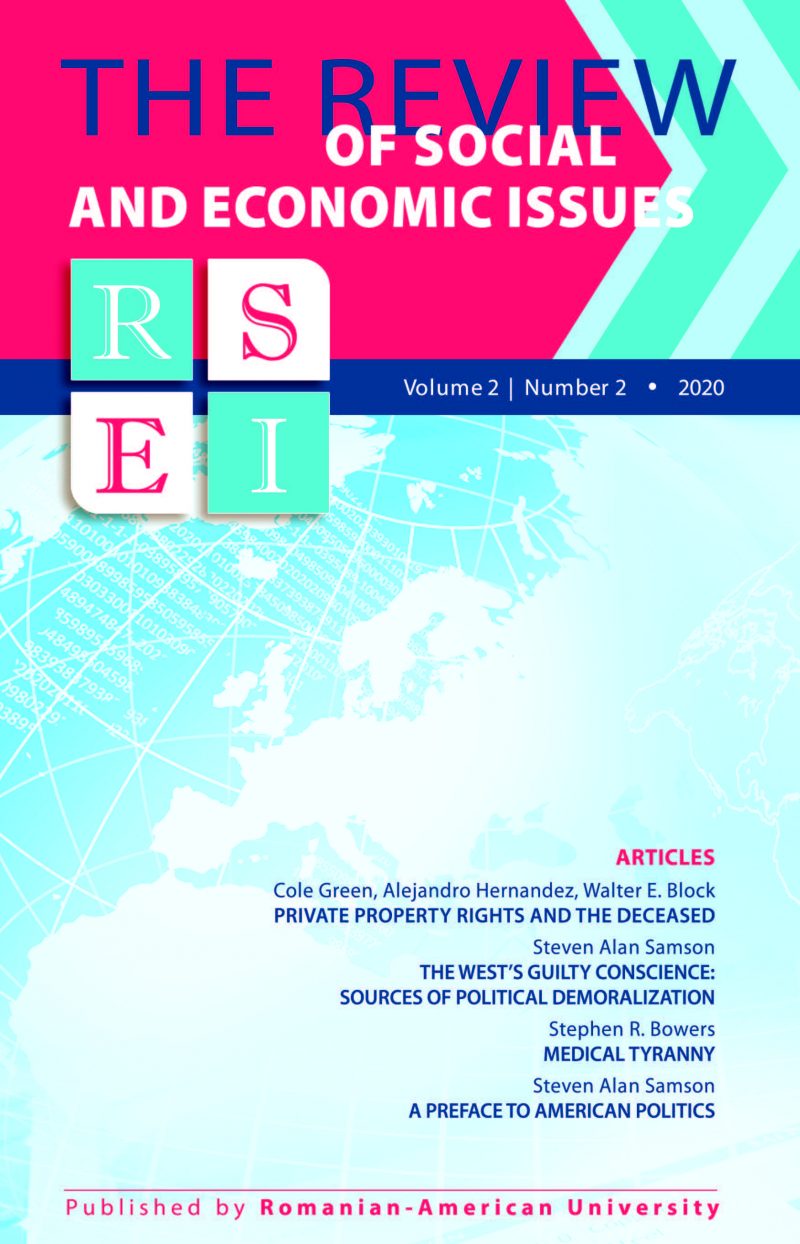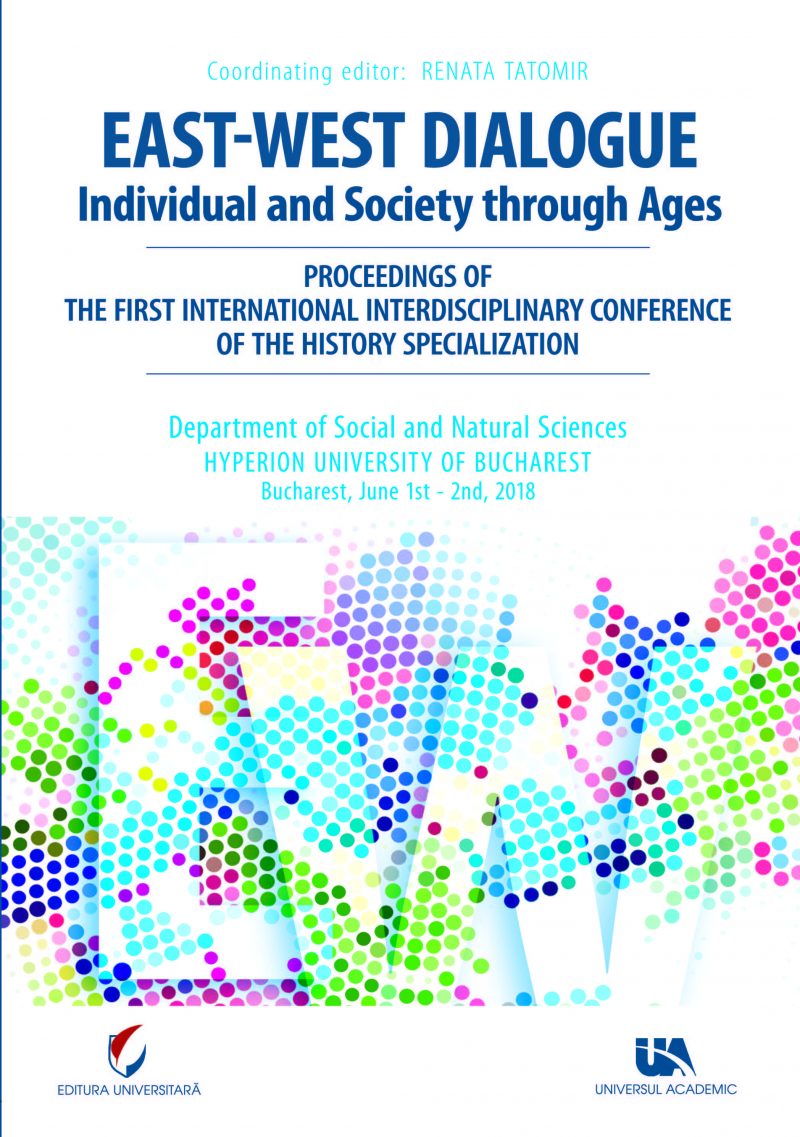Smart Cities and Regional Development (SCRD) Journal , Vol 4 No 2 – 2020
Informații suplimentare
| Autor | |
|---|---|
| Format | 17.6×25 |
| ISBN | 2537-3803 |
| Pagini | 138 |
| Data aparitiei | iunie 2020 |
Descriere
A smart city is a living city, similar, to some extent, to a living organism. Transport and mobility by highways, streets and boulevards, pedestrian avenues, bicycle trails – at the surface level, or underground public transport system, are what the blood system is for a living organism. Institutions of public administration – town hall, universities and schools – are what the brain is. The muscles would be represented by public utilities – sanitation, heating, etc. The smart city breathes through the green spaces it has and pulsates as the heart does thanks to its attractions – museums, theatres, cinemas, children’s playgrounds etc.
It also has his scars: landfills, ruined buildings, poor neighbourhoods; all this being its small (or big) shortcomings.
Ties to the outside of the city: railway stations, airports, ports and universities (we seem to repeat, but we have added them to the list, although we have also associated them with the brain, thanks to the students scholarships and the teachers mobility) can be associated with senses and communication skills of a living organism. Just as this, thanks to the sight, hearing, etc. learns new things, so the city through the citizens who travel, enriches with their knowledge and thus, materializing them, evolves.
There is nothing in a city that cannot be associated with a complex living organism, which makes us, citizens, those who want an improvement in the quality of life, to want doctors… doctors of urban spaces, spaces that today, it grows at a higher speed than that of living organisms.
If we start from a pragmatic way of thinking, progress in science – especially in computer science, appears to be a process of constantly adapting human thinking into increasingly widespread experimental fields; a process which never ends. That is why, the municipalities, the citizens, the business environment or the public sector do not have to worry so much about the completion of a smart project that, anyway, will come at a time, but the adaptation itself – as well as living organisms do have this information written in their genetic code.
By going through the Smart Cities and Regional Development (SCRD) Journal articles, the reader will come across smart ideas that are collected and implemented nationally and internationally; he will understand the stages that led to the success of the projects resulting from their collection (by success; in this case, we do not refer to the success of the implementation but to the degree of their use by the targeted communities); he will receive recommendations for success, and why not, perhaps, he will even be inspired by reading, and will find answers to a problem of his community.
In this last and happiest situation, the Smart Cities and Regional Development (SCRD) Journal will provide a pathway from idea to implementation as well as it will show how technology can give glow to the urban environment. The articles will also guide the reader through the stages of development / innovation, testing and building a prototype / pilot program to make his idea valuable.
***
The Smart Cities and Regional Development (SCRD) Journal is all about the above and many more. The dynamics of the IT sector and smart technologies is so high (the speed of innovation is higher than the speed of users learning) and by that we are strongly recommend to our readers to stay close to the smart ecosystem in order to always be prepared to take the next technological step like Virtual Reality, Augmented Reality or even Artificial Intelligence.
Lecturer Cătălin VRABIE, PhD.

